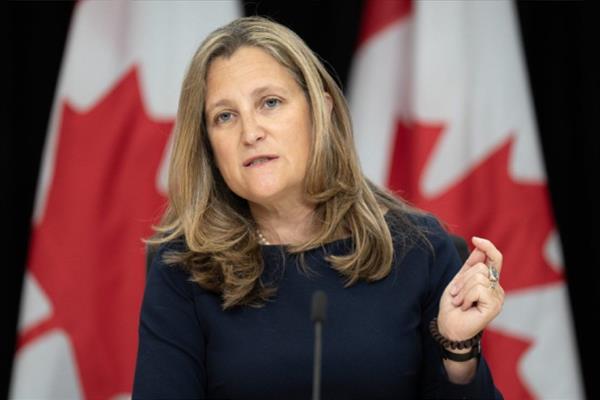10/8/2024
| SHARE
Posted in Government and Regulation by Vanguard Realty | Back to Main Blog Page

Deputy Prime Minister Chrystia Freeland announced that starting January 15, 2025, Canadians will be able to access up to 90% of their home’s value through default-insured mortgage refinancing to build secondary suites.
This new program marks a revival of a similar initiative that was discontinued in 2016, when the federal government tightened mortgage insurance rules to cool the overheated housing market.
The reintroduction of this option is part of a broader effort to address the current housing shortage and affordability crisis by increasing the rental supply in high-demand areas while helping homeowners offset their rising mortgage costs.
“We must use every possible tool to build more homes and make housing affordable for every generation of Canadians,” Freeland said in a statement.
In its release, the government added that new rental suites would “provide more homes for Canadians and could provide an important source of income for seniors continuing to age at home.”
Key details of the refinancing program:
- Maximum loan-to-value (LTV): The LTV ratio can be up to 90% of the “as improved” property value, with the total property value capped at $2 million.
- Amortization period: The maximum amortization for this refinancing is 30 years, allowing borrowers to spread payments over a longer term.
- Number of units: Homeowners can add up to four units on their property, including the existing one.
- Self-contained units: Each secondary suite must be a fully self-contained unit, meaning it has separate living facilities, such as a private entrance, kitchen, and bathroom. This ensures compliance with municipal zoning requirements.
- No short-term rentals: The additional units must be long-term rentals and cannot be used for short-term rental purposes (e.g., Airbnb).
This latest announcement comes on the heels of other recent government moves, including mortgage rule changes that raised the cap on default insurance and reintroduced a 30-year amortization option for some borrowers.
Additionally, Canada’s banking regulator, OSFI, plans to remove the stress test requirement for uninsured mortgage switches, which had previously made it more difficult for homeowners to switch lenders. Read more about the government’s recent mortgage rules and OSFI’s stress test updates.
Unlocking vacant land
In addition to the support for secondary suites, the government is also taking steps to unlock vacant land for housing development.
As part of today’s announcement, Freeland also launched consultations on taxing vacant land, with the goal of encouraging landowners to develop unused lots. The government is seeking feedback from provinces, territories, and municipalities interested in creating their own vacant land taxes. The idea is to push landowners to make better use of their property, ideally leading to more homes being built.
Additionally, 14 more underused federal properties have been added to the Canada Public Land Bank, bringing the total to 70 sites now available for development. The goal is to turn these properties into new homes, contributing to the government’s plan to add more housing.
Source: Canadian Mortgage Trends
Canada Living, Canadian Housing Market, Government Intervention, Government of Canada, Mortgage Refinancing

